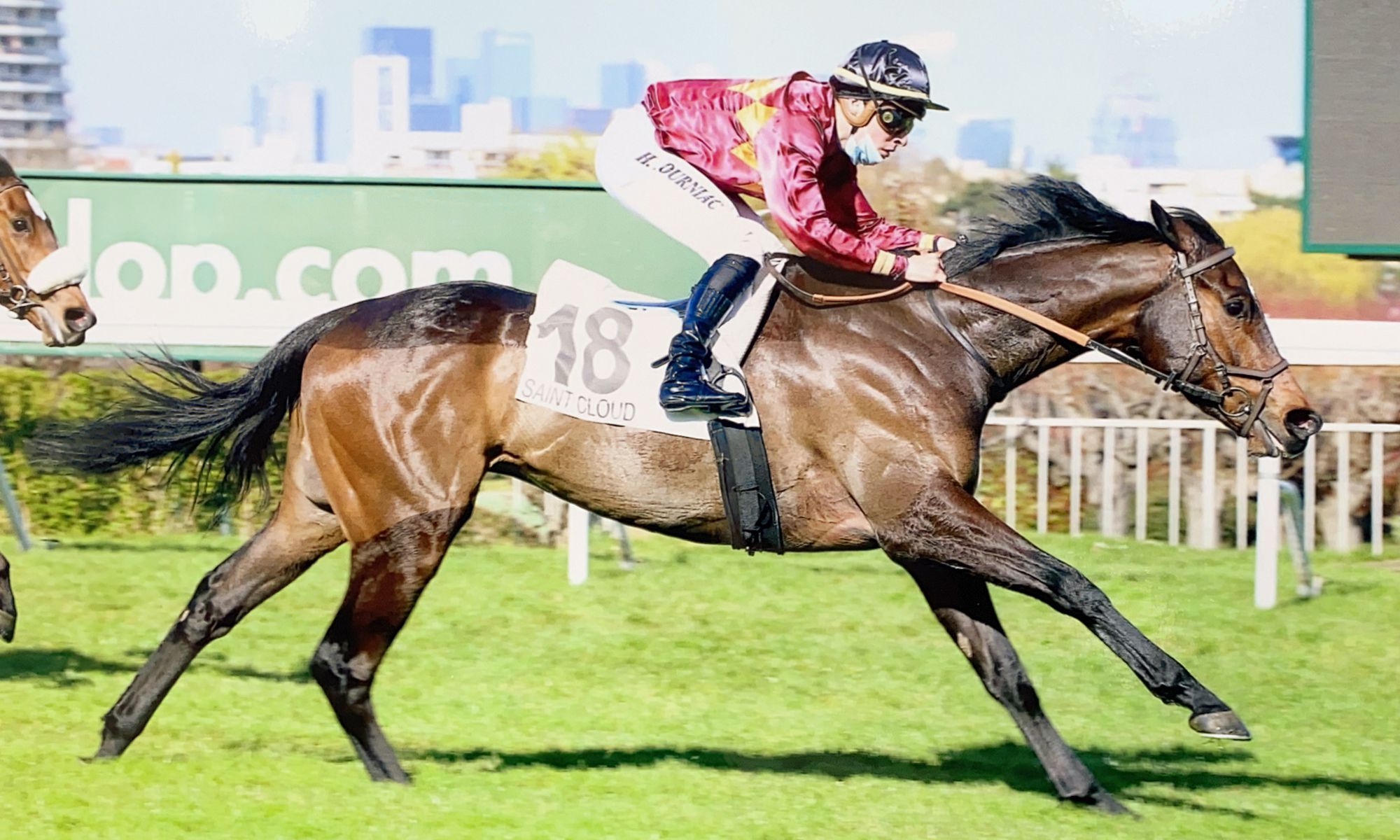As I mentioned in my blog about a month ago, I’m doing some side-blogging for the National Thoroughbred Racing Association leading up to the Breeders’ Cup, commenting on the European contenders. It turns out, though, that the folks at that site aren’t too interested in anything that might be controversial, so the following post I wrote for them was deemed unsuitable. In the interest of not wasting my work, here is the post I had offered (and actually, I thought it was pretty toned down compared to what I usually say about these subjects):
Many of the comments flying around the Internet about Sea the Stars and other European contenders for the Breeders’ Cup point up the vast differences between European and American racing, and it usually deteriorates into an “U.S. vs. Them” mentality. And I’ll be the first to put up my hand: I’m a convert to the European way and I’m very quick to defend it. This is in large part because I’m American, and I feel like it would be out of the question to ever be able to train horses in my native country under the current system.
The main difference between the two systems is, of course, medication. I couldn’t agree more with the person who commented (on the NTRA blog) that he was glad Sea the Stars would not have to face the choice of running on Lasix. I, too, was relieved that the Tsui family decided not to come to Santa Anita. In Europe, no race-day medication is allowed, period. No Lasix, no bute, no anything. Unfortunately, when European trainers race in America, many feel they have to use the permitted medications because they’ll be at a disadvantage if they don’t. Some resist, and with success. Pascal Bary won Breeders’ Cup races with Domedriver and Six Perfections and neither raced on medication.
I’ve heard all the American arguments about why horses there “need” to run on drugs. Which brings up another big difference between the two systems: American horses, for the most part, are stabled and trained at the same track where they race, and those tracks are usually located close to major cities and the pollution that comes with them. The tracks are usually quite tight by European standards, not usually more than a mile around, and the horses go through the same routine every day, galloping the same direction around the same tight turns. Most races are short by European standards, so you have horses sprinting around a tight turn, always in the same direction, usually with a shot of bute and lasix to ease the pain. What could go wrong?
In Europe, horses train in rural training centers, galloping on the Newmarket heath or winding through the forests around Chantilly and Maisons-Laffitte. They are trucked to the track on race day, and the track surfaces and distances are varied. Races are run on the straight, left-handed, right-handed and often with rolling terrain. And most of our racing is on the turf, although there are more and more synthetic sand tracks, which many American detractors refer to as “plastic.” The emphasis is on stamina, and 2,400 meters, or a mile and a half, is considered a middle distance race, not a stayers’ contest.
Another difference between the two systems is the U.S. obsession with reducing the sport to a mathematical formula. Timed workouts, track records and speed figures have pretty much removed the actual living horse from the equation. The object seems not to win the race, but to win it by as many lengths as possible and maybe set a track record in the process. Which brings us to the next difference: The use of the whip. I was appalled when I saw the video of Calvin Borel flogging Rachel Alexendra to the finish in the Haskell when clearly the filly had the race won. He would have been stood down for several days in Europe with that performance. Here, the rules say a jockey must give the horse time to respond to the whip before using it again, the number of strikes is limited and the whip hand cannot be raised above the shoulder. Thankfully, the International Federation of Horseracing Authorities agreed recently to crack down on the use of the whip worldwide.
The Federation also urged U.S. racing authorities to consider banning race-day medication at least in Group 1 races. I wish them luck, but closing the Pandora’s Box of pharmaceuticals in the United States will not be easy. The partial steroid ban that most U.S. jurisdictions have enacted over the past two years is a step in the right direction, and the strong European showing at last year’s Breeders’ Cup shows that the field is slowly being leveled. There is a long way to go before America can really be a part of international racing, but I keep hoping for change. Despite the defection of Sea the Stars, I’m hoping for a strong showing from Europe again this year. And I hope that one day I get lucky enough to have a horse good enough to think about bringing to America for the Breeders’ Cup, and that by then, no one will have to face the choice of running on Lasix.

